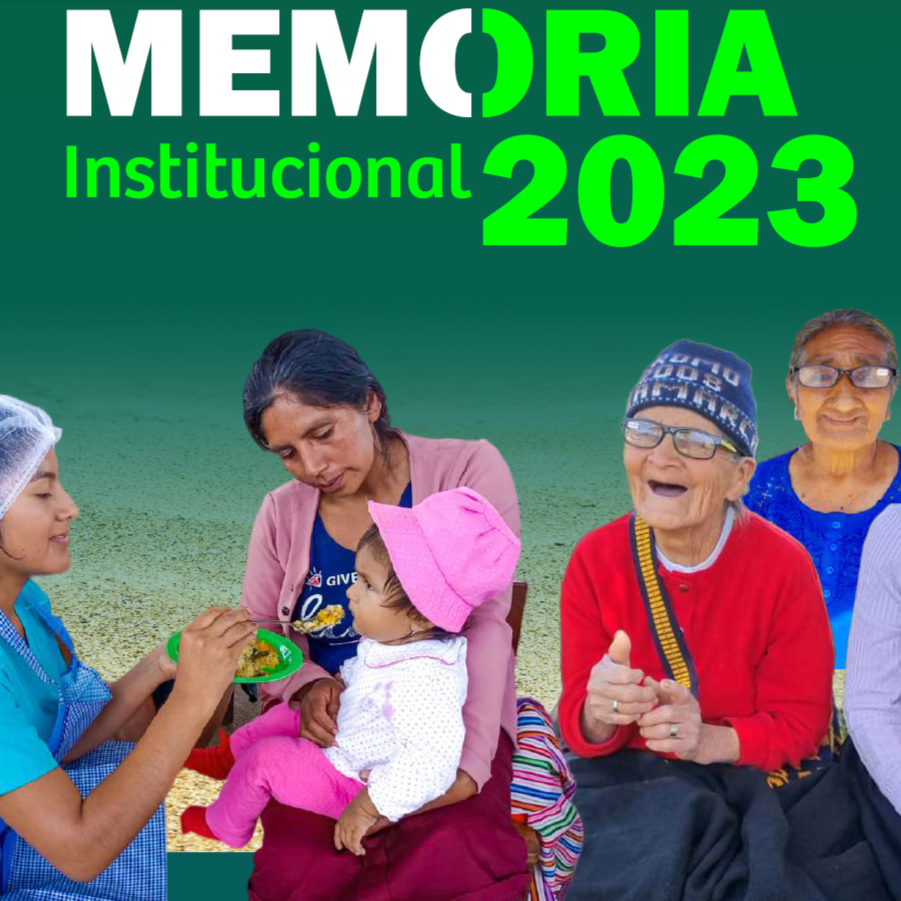The Costs of Integrated Community Case Management Programs: A Multi-country Analysis
The Costs of Integrated Community Case Management Programs: A Multi-country Analysis
Abstract
Background
Integrated community case management (iCCM) can be an effective strategy for expanding the provision of diarrhea, pneumonia, and malaria services to children under 5 years old but there are concerns in some countries about the corresponding cost and impact. This paper presents and compares findings from a multi–country analysis of iCCM program costs.
Methods
Data on coverage, utilization, and costs were collected as part of two sets of studies conducted between 2011 and 2013 for iCCM programs in seven sub–Saharan African countries: Cameroon, the Democratic Republic of the Congo, Malawi, Senegal, Sierra Leone, South Sudan and Zambia. The data were used to compare some elements of program performance as well as costs per capita and costs per service (which are key indicators of resource allocation and efficiency).
Results
Among the seven countries, iCCM utilization ranged from a total of 0.26 to 3.05 contacts per capita (children 2–59 months) per year for the diseases treated, representing a range of 2.7% to 36.7% of the expected numbers of cases. The total recurrent cost per treatment ranged from US$ 2.44 to US$ 13.71 for diarrhea; from US$ 2.17 to US$ 17.54 for malaria (excluding rapid diagnostic testing); and from US$ 1.70 to US$ 12.94 for pneumonia. In some of the country programs, the utilization of iCCM services was quite low and this, together with significant fixed costs, particularly for management and supervision, resulted in services being quite costly. Given the differences across the countries and programs, however, these results should be treated as indicative and not definitive.
Conclusion
A comprehensive understanding of iCCM program costs and results can help countries obtain resources and use them efficiently. To be cost–effective and affordable, iCCM programs must be well–utilized while program management and supervision should be organized to minimize costs and ensure quality of care. iCCM programs will not always be low–cost, however, particularly in small, remote villages where supervision and supply challenges are greater. Further research is needed to determine the cost–effectiveness of iCCM programs and corresponding patient and service delivery costs.
